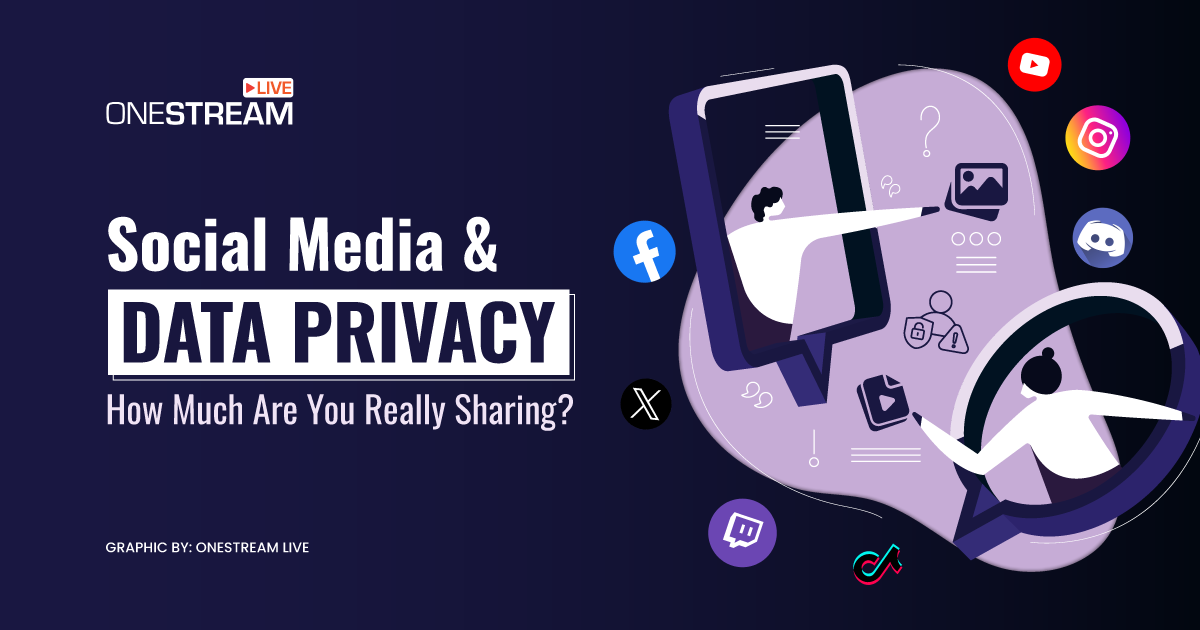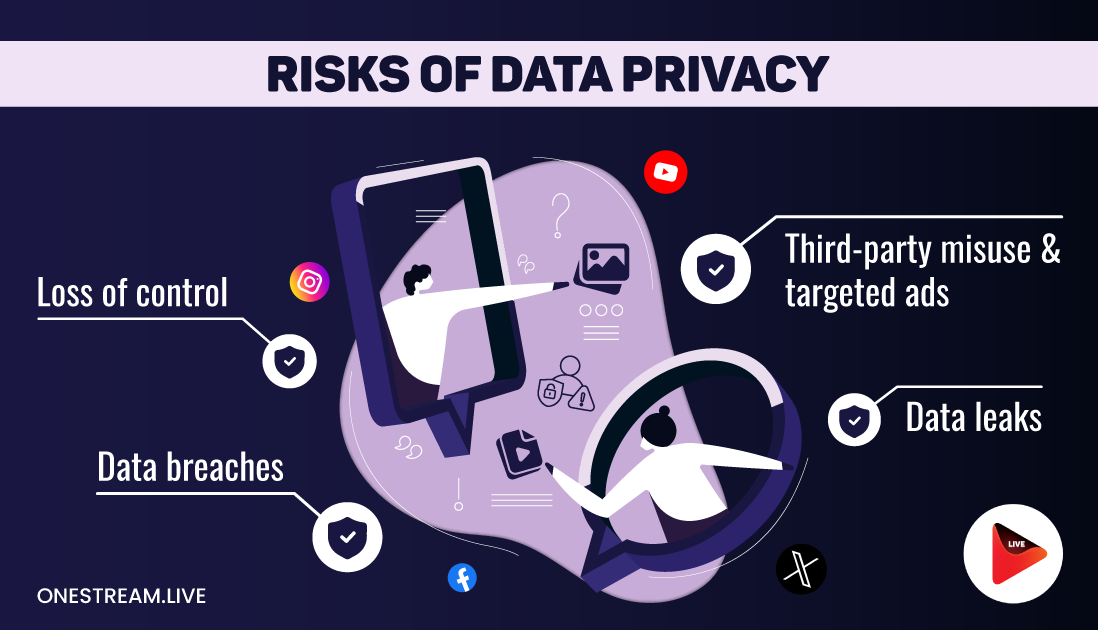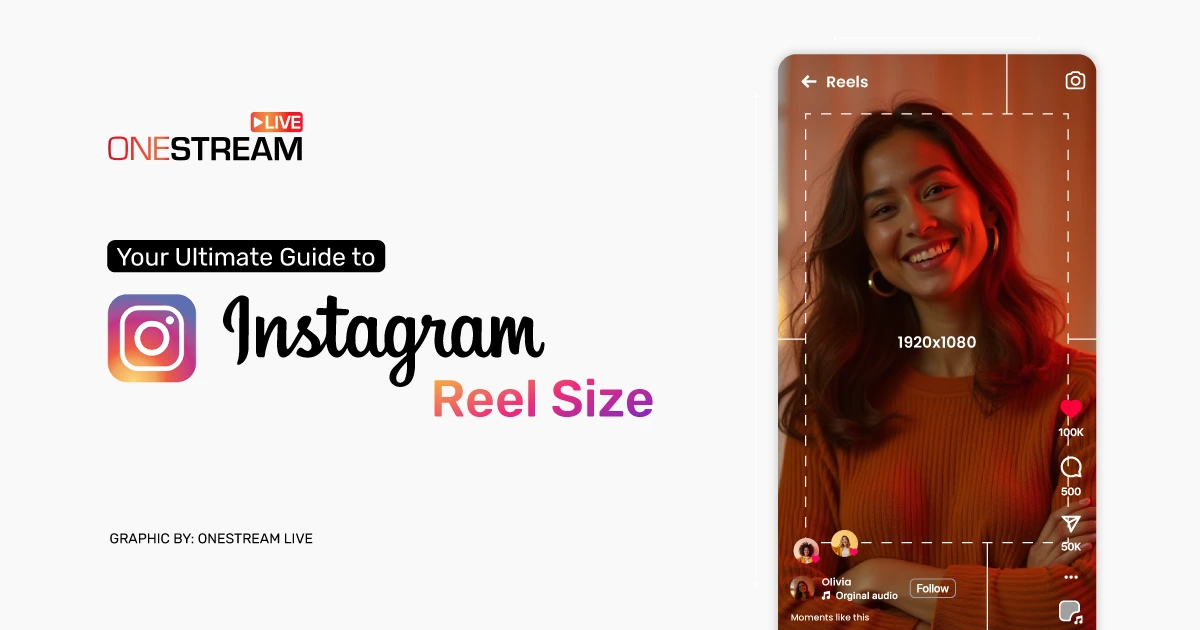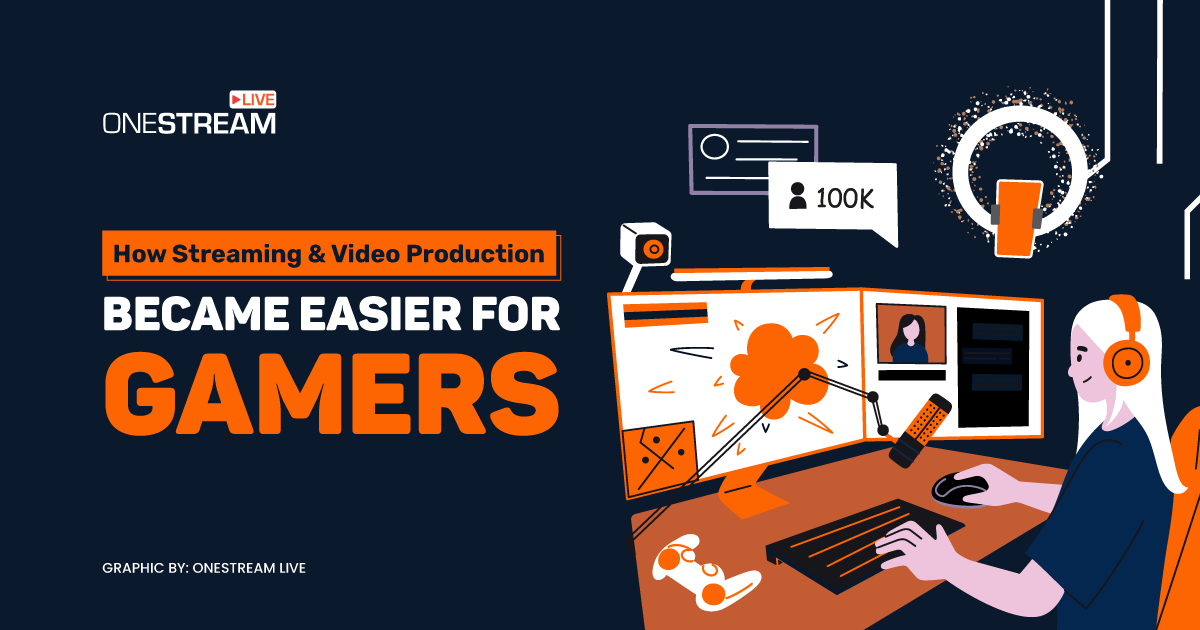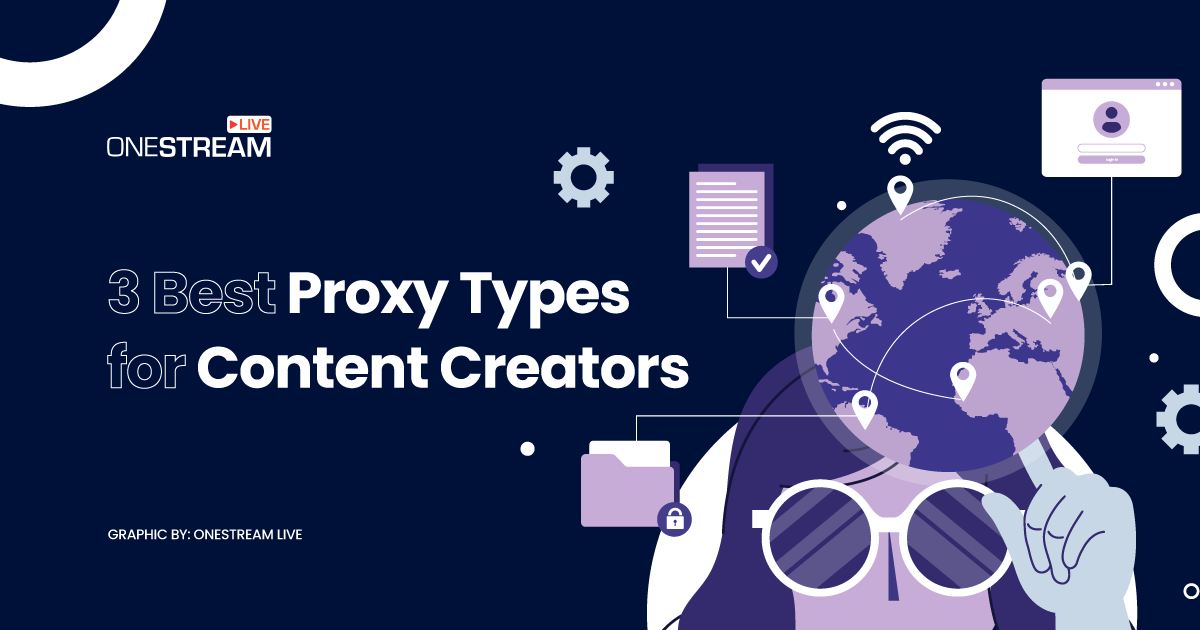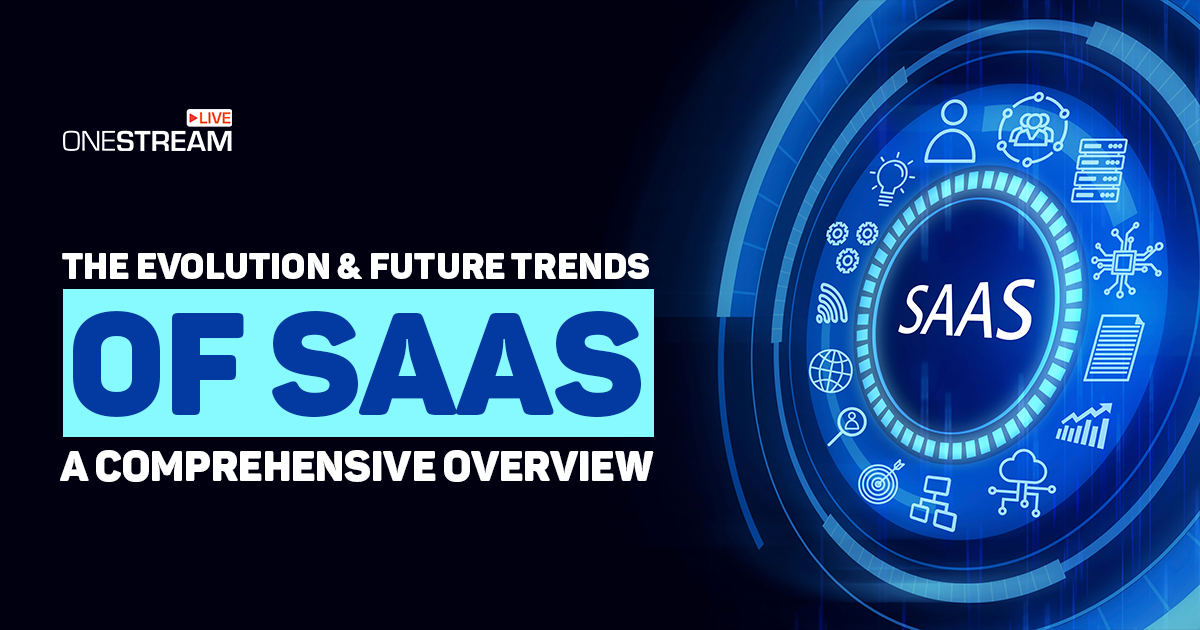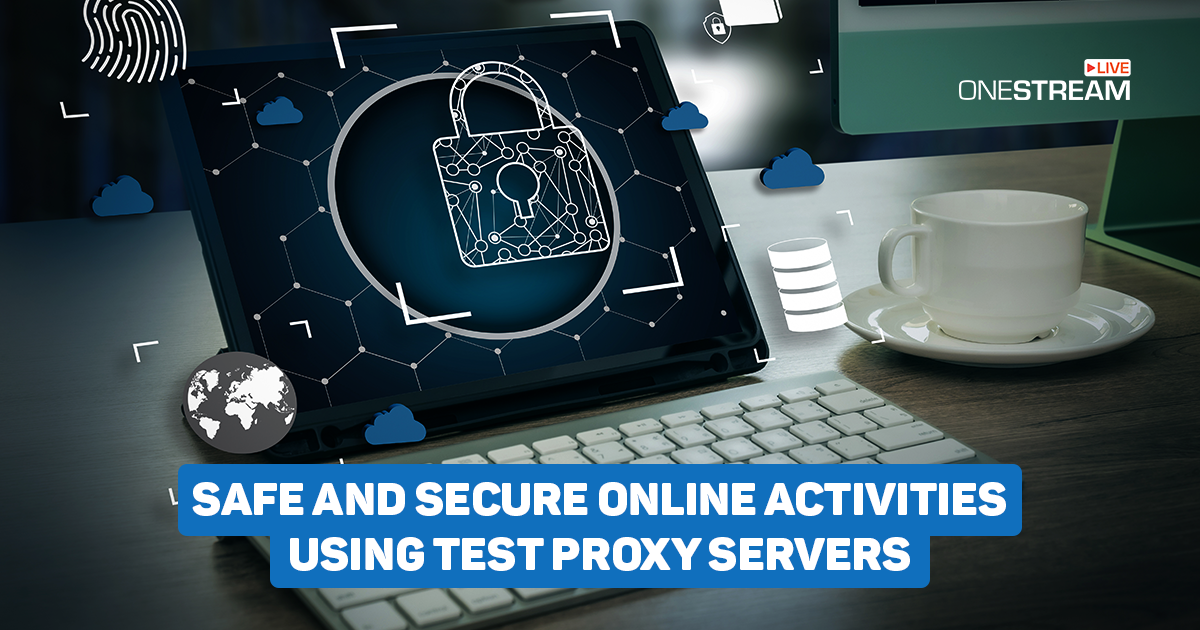Today, we use social media platforms to stay connected, share opinions, share photos and videos, and even build professional networks. However, what we may not realize is that whatever we do leaves a digital footprint. This is where we have to think of social media data privacy.
As a user, you need to take control of your data, especially with hidden data sharing. Many people are unaware of how much data they leave unintentionally.
In addition to your posts, social media platforms track vast amounts of information. This data can be sold to data brokers and shared with advertisers or third-party services. Let’s look closely at how much we’re really sharing on social media.
Data Collected
Most social media users think only data collected is what they publicly post, but the truth is very different. They track essential information: profile information, location data, browsing habits, search history, device information, interaction with ads, private messages, and connections.
When you create a profile on all platforms, you provide basic information such as name, age, email address, and phone number. While this information may seem to identify you with your age demographic, it can also be used for ads, especially if the focus is on a specific demographic.
Some sites also track and ask for your location. Data location can be taken directly from your device’s GPS.
This can give insight into where you are, where you work, and where you spend your time. In addition to location, more data is collected from the device you use, such as what kind of phone you use, computer’s model, IP address, and, in some cases, even apps installed.
Your history is stored every time you search for something. This history can include specifics such as hashtags, profiles, or topics.
Your browsing habits are tracked through internal and external platforms. This connects with ads and posts you interact with.
Data is stored based on what posts you like and comment on and even how much time you spend on certain ads. All of this data is stored to offer you targeted ads. This data can be shared between companies without your consent or knowledge.
Although you assume all your messages are private, companies can still access metadata surrounding them. Depending on the platform’s privacy policies, this may include details like the time you sent the message, the recipient, and possibly even the content.
Your connections and friends can be tracked to analyze your interests, lifestyle, and even political preferences. The data is used to recommend content or advertisements based on the analysis.
Risks of Social Media Data Privacy
The collection of data carries certain risks, such as data breaches, third-party misuse, targeted ads, and loss of control.
Data Breaches and Data Leaks
One of the biggest risks of sharing on social media is data breaches and data leaks. Even if companies invest in security, data is not safe from hackers.
If this data is breached, it can be used against the individual. Information such as email addresses, phone numbers, and even private messages can be leaked. Identity theft, phishing, and fake profiles are just some of the risks. Therefore, you should educate yourself on what is identity theft protection and how to protect your personal information.
Third-Party Misuse and Targeted Ads
Social media platforms collect data for targeted ads that are recommended explicitly for you. This data is collected for third-party services, which later can be sold to data brokers who continue to share your information.
Data is used for targeted ads, whether you consent or not, and these sites may even try to influence your opinions.
Loss of Control
Once your data is stored and collected, you lose all control over it. You do not know where it goes or who uses it.
This means that your data may be sold repeatedly, further putting pressure on you. Even if you delete your account, your data still stays. That is why platforms should be transparent about social media data privacy and security.
Data Removal Services
While you cannot completely protect your data, there are still some steps and tools you can use to reduce exposure. Data-removing services can help with that. Many people are unaware of how much data is collected and where it is sold. You can take proactive steps to safeguard your information.
These tools allow you to request data deletion from databases, reducing exposure and risks. You can also adjust your settings on platforms, such as limiting access, setting your profile private, and limiting location sharing.
You should also be careful when logging onto platforms via public Wi-Fi. To further safeguard your social media data privacy, you should regularly check for unusual logins and change passwords if any unusual activity is seen. After all these steps, you can use data removal services to check if your data has been leaked.
Wrap-Up
Social media tracks and collects more data than people are aware of. From location to browsing habits, platforms, and data brokers store all of it.
The risks of data breaches and third-party misuse are everyday concerns. They show the importance of safeguarding information and reducing exposure.
Using data removal services tools plays a crucial role in removing your data from databases, highlighting the importance of proactive data safeguarding.
OneStream Live is a cloud-based live streaming solution to create, schedule, and multistream professional-looking live streams across 45+ social media platforms and the web simultaneously. For content-related queries and feedback, write to us at [email protected]. You’re also welcome to Write for Us!

